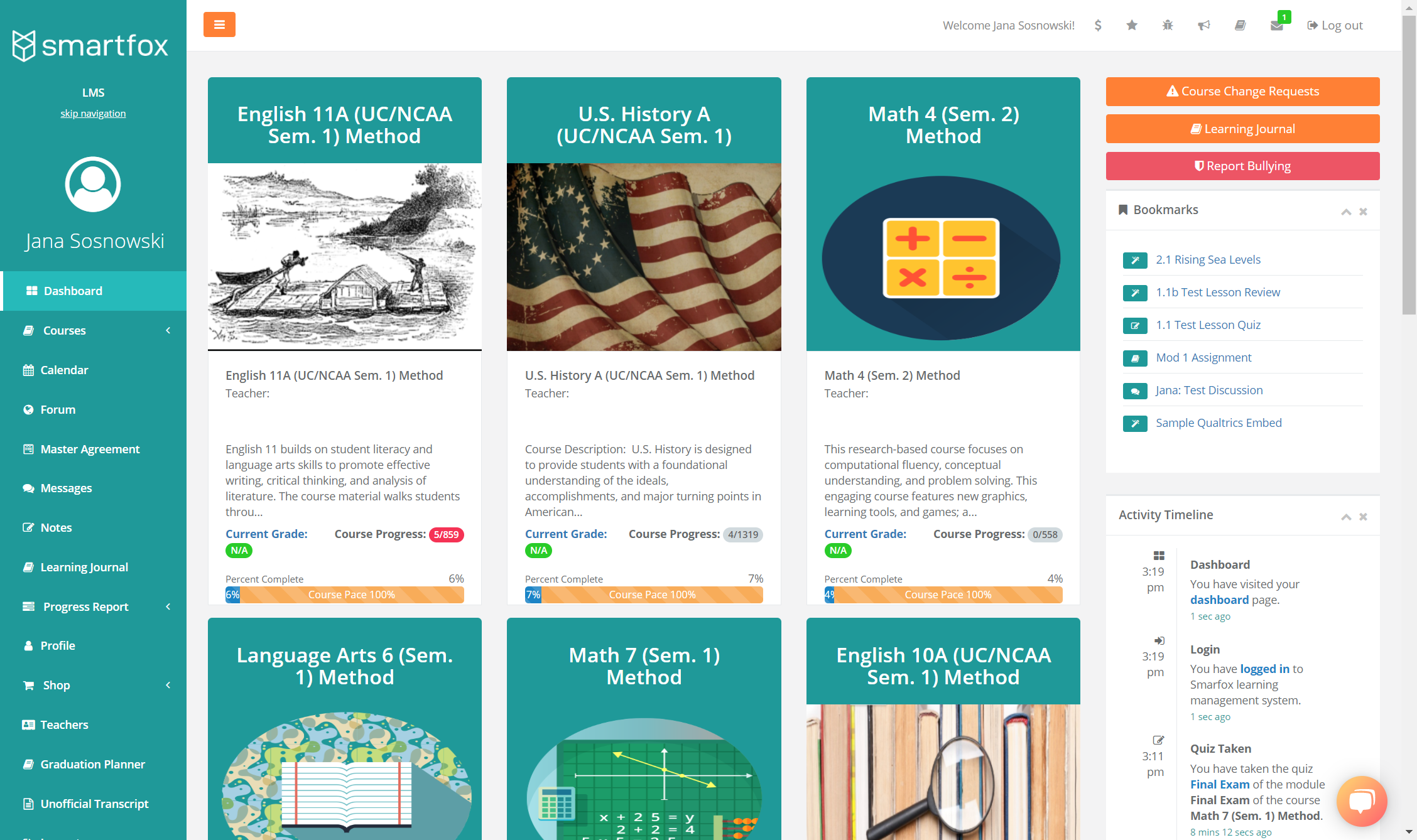Learning Management System Singapore: A Total Review of Key Platforms
Learning Management System Singapore: A Total Review of Key Platforms
Blog Article
Every Little Thing You Need to Find Out About Selecting a Learning Monitoring System
Picking an ideal Learning Management System (LMS) is a crucial decision that can substantially influence the efficiency of your training programs. It includes a comprehensive understanding of both your business requirements and the crucial attributes available in various LMS options.
Understanding Understanding Management Solution
A significant variety of organizations today are acknowledging the value of Knowing Monitoring Solution (LMS) as crucial tools for effective training and education. An LMS is a software application created to assist in the management, documentation, tracking, reporting, and shipment of instructional courses or training programs. By settling training efforts into a centralized system, organizations can streamline processes and enhance learning experiences.
LMS systems sustain different finding out methodologies, including e-learning, combined discovering, and instructor-led training. Their flexibility makes them appropriate for diverse industries, from business training to academic institutions. Via using LMS, companies can deliver constant web content, guaranteeing that learners and employees have accessibility to the required resources no matter place.
Additionally, LMS remedies usually incorporate features that allow analytics and coverage, permitting companies to examine the efficiency of their training programs. This data-driven approach empowers companies to make informed choices pertaining to curriculum modifications and resource allowance - Singapore LMS. Inevitably, the fostering of an LMS can cause increased learner involvement, boosted retention rates, and enhanced total efficiency, reaffirming its standing as a vital part of modern-day academic methods
Key Functions to Consider
When choosing an Understanding Administration System, organizations ought to prioritize details attributes that straighten with their training goals and user requirements. User-friendliness is essential; a system with an user-friendly user interface can improve student involvement and lower the time needed for training managers.
Another critical function is durable reporting and analytics capacities, permitting organizations to track student progress, completion rates, and evaluation results. This information is invaluable for refining training programs and demonstrating ROI.
In addition, mobile compatibility is significantly important as students like accessing material on numerous gadgets. A responsive LMS guarantees that training is obtainable anytime, anywhere, therefore boosting versatility.
Web content monitoring capability is likewise important; the LMS must sustain numerous material types, including videos, tests, and interactive components, to provide to various learning styles.

Assessing Your Company's Demands
Identifying a company's unique training requirements is essential for picking the right Understanding Administration System (LMS) To start this analysis, organizations need to perform an extensive analysis of their current training landscape, consisting of existing programs, individual demographics, and specific learning purposes. This process assists highlight staminas and gaps in current offerings, directing the choice of an LMS that straightens with business goals.
In enhancement, take into consideration the types of content to be delivered, such as e-learning components, conformity training, or combined discovering experiences. Comprehending the preferred shipment methods and learning styles of employees is crucial for efficient training engagement. In addition, organizations should assess their technical infrastructure, making certain compatibility with the prospective LMS.
Additionally, develop clear metrics for success, such as student contentment and understanding retention, to aid gauge the performance anchor of the chosen LMS. By thoroughly examining these elements, companies can make educated decisions, guaranteeing their picked LMS successfully meets their training requirements and improves total performance.
Comparing Various LMS Options
Many Learning Management System (LMS) choices are available out there, each offering distinctive functions and capabilities that accommodate diverse organizational requirements. When contrasting LMS options, companies should consider several critical aspects. Initially, the user interface and experience are extremely important; an instinctive design can significantly impact user engagement and fostering rates.
2nd, review the scalability of the LMS. As your organization expands, the system should suit a raising variety of users and material without compromising performance. Third, assimilation capabilities are crucial; the LMS ought to effortlessly attach with existing tools, such as human resources systems, CRM systems, and material libraries, to improve capability.
Moreover, think about the modification alternatives readily available. An LMS that allows tailored branding, program production, and reporting can much better line up with specific business objectives. Additionally, prices designs differ commonly, so it is vital to analyze the total cost of ownership, including licensing charges, upkeep, and support.
Execution and Assistance Techniques
Efficiently applying an Understanding Monitoring System (LMS) calls for a critical strategy that includes extensive preparation and ongoing support. Begin by developing clear purposes that align with your organization's academic objectives. Engage essential stakeholders and create a devoted implementation team to assist in communication my latest blog post and cooperation throughout the process.
Start with a pilot program entailing a smaller individual team, allowing for real-time comments and changes. Provide detailed training to make sure users are comfy with the LMS capabilities and attributes.
Develop a durable support system that includes helpdesk sources, user handbooks, and training sessions. Additionally, think about navigate here creating a community forum for users to share solutions and experiences.
Conclusion
In conclusion, choosing a suitable Understanding Monitoring System requires a detailed examination of organizational demands and available choices. By meticulously taking into consideration these elements, companies can guarantee efficient training shipment and eventually attain their educational objectives via the picked LMS.
A significant number of companies today are identifying the value of Knowing Monitoring Equipment (LMS) as crucial devices for reliable training and education.Furthermore, LMS services typically incorporate attributes that allow analytics and reporting, enabling companies to examine the efficiency of their training programs.Determining an organization's distinct training needs is important for picking the appropriate Learning Monitoring System (LMS) By meticulously analyzing these factors, organizations can make enlightened choices, guaranteeing their selected LMS effectively fulfills their training needs and boosts overall performance.
By very carefully thinking about these factors, organizations can make certain effective training shipment and eventually achieve their academic purposes via the selected LMS.
Report this page